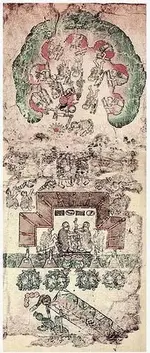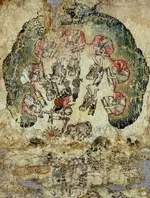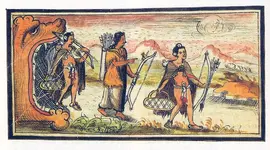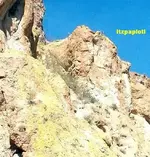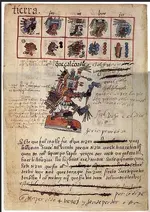deducer
Bronze Member
>>>>No need to jump on posters who have heard otherwise; just shooting the messenger here. Somehiker isn't the first poster to hint that the USS TELLALL has gone off course.<<<<
Ya see what I mean <g>. I jumped on no one. Geez.......
First post was what I knew, as of when I knew it.....So far as I knew things were on course and full speed. Fully allowing that things could have changed since last I knew. Its possible.
Wayne also allowed how he hoped (what I assumed was the effort) wasn't a write off. My post was a furtherance of that......that no, I didn't think it was wasted time. It would all work out in the wash regardless. This time, a later time, whatever, the effort would come to fruition, someway, somehow even if this avenue closed. Still no jumping........ Simple dialog and nothing more.
Last post was just funny banter... I would have thought that obvious. Perhaps not. Can't we laugh at ourselves? Two friends ( I hope friends) having a discussion where only the tip of the iceberg is actually stated in EITHER conversation. Both are understandably limited in what they can say. One says the other one is obfuscating. As Larry the Cable guy says......I don't care who you are, that's funny right there. But; that's just me. Life's too short not to have some humor along the way.
I didn't mean to jump anyone about anything. Still don't understand how that conversation that can be misconstrued as jumping. If I jump someone there's usually blood letting involved. Mine or otherwise. Sometimes both.
My misunderstanding then, sorry.
So the production is still on track? I don't see anything on IMDB or on the other site which has been very quiet.




